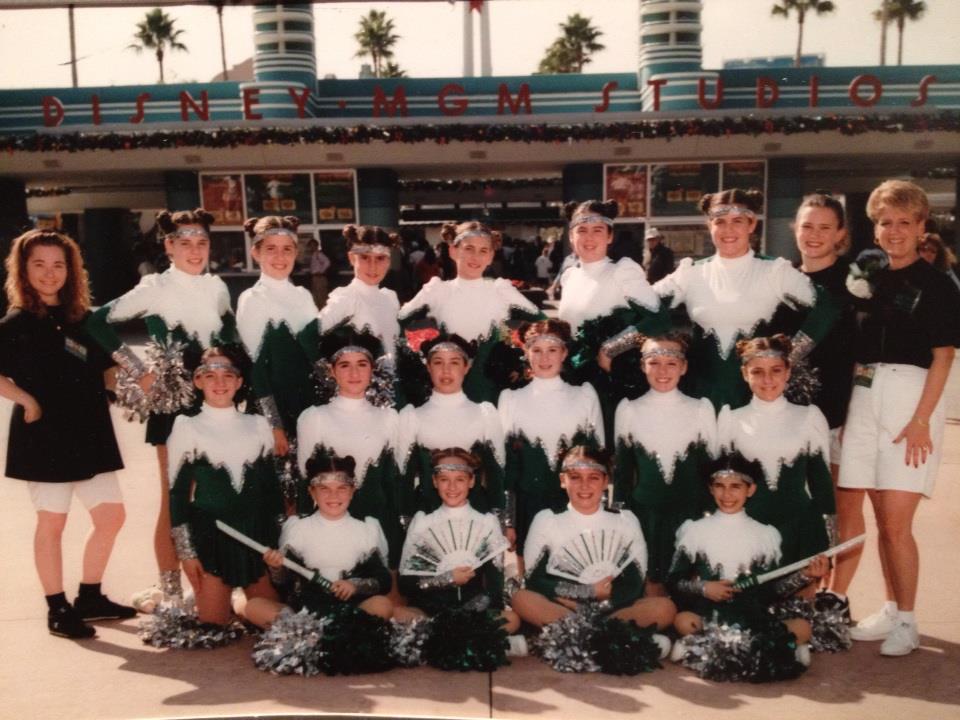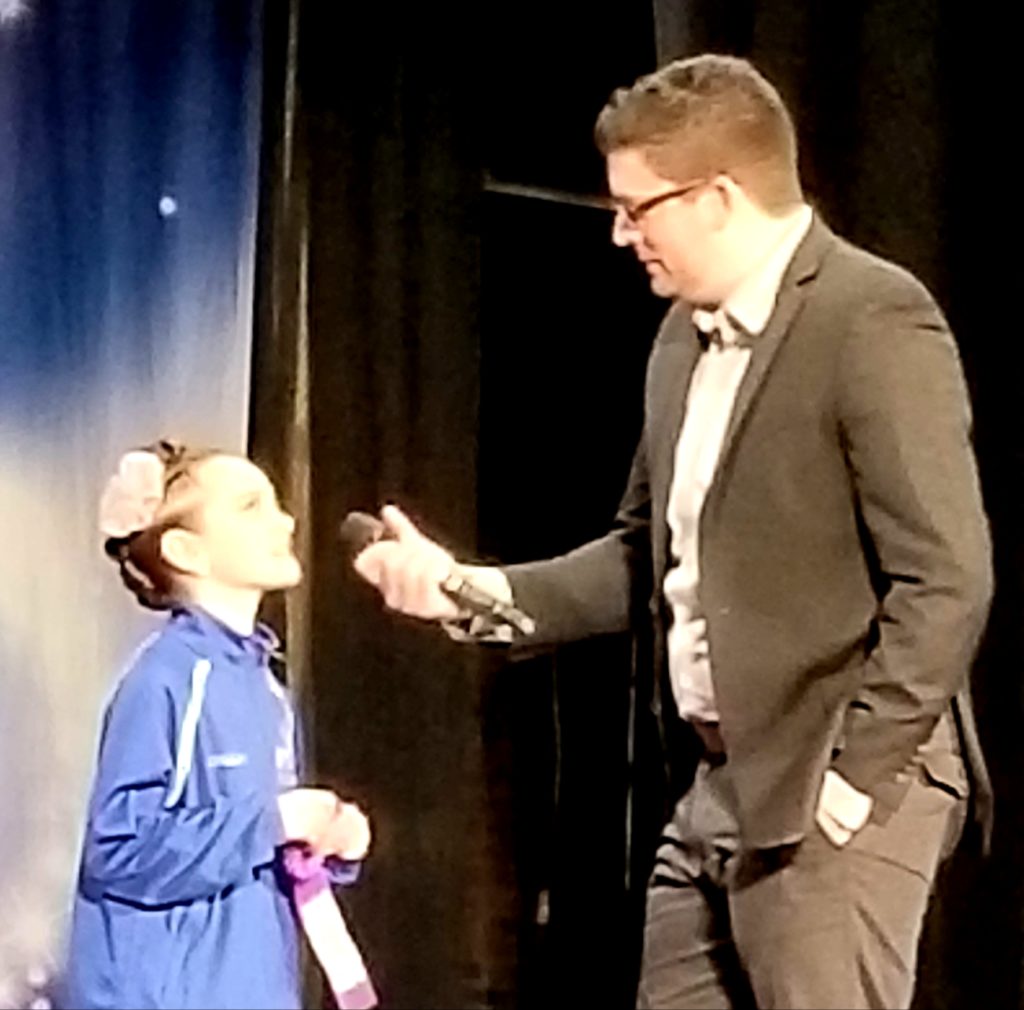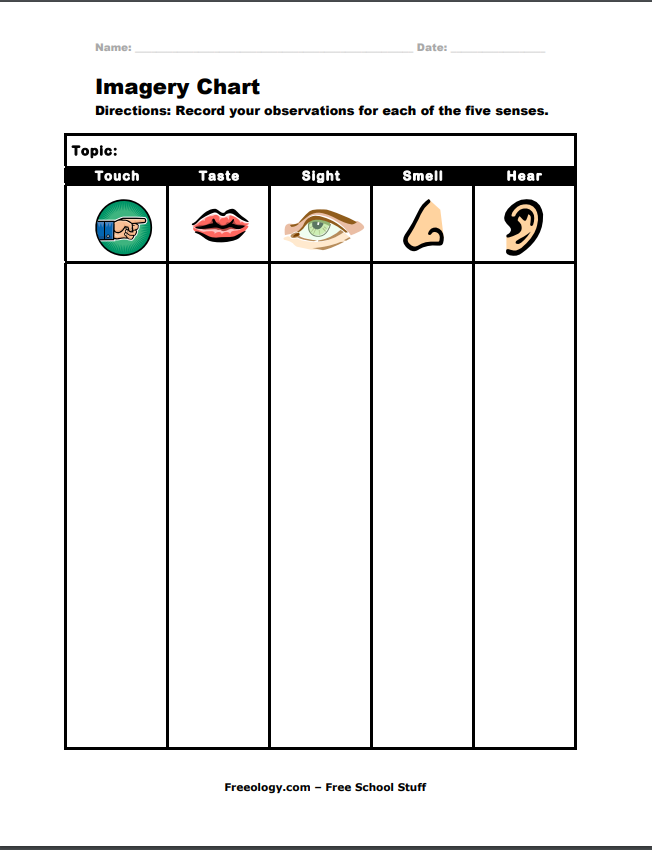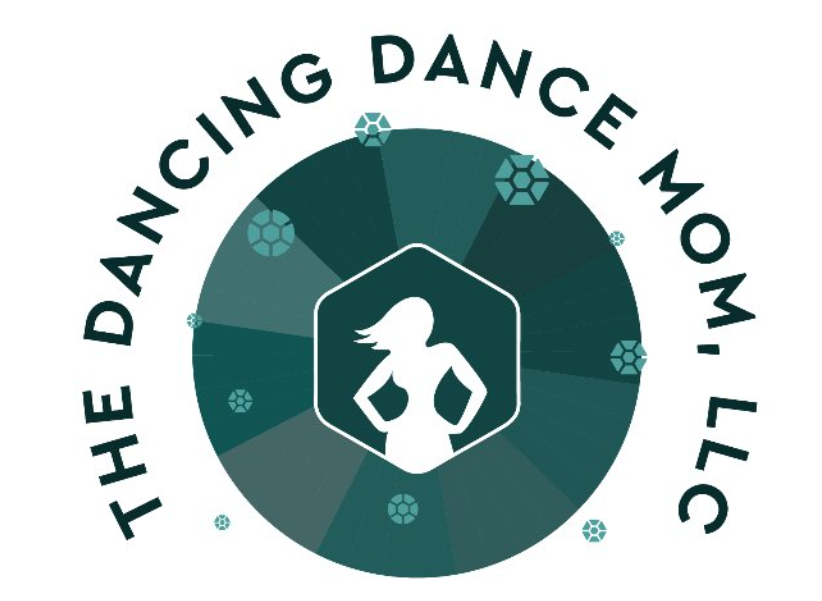*See also: Live, Learn, Dance – Biographies and Live, Learn, Dance – The 7 Habits of Highly Effective Teens
To keep your child from becoming a victim of summer learning loss, it’s so important to keep them reading, writing, math-ing (not a real word, but as a language arts teacher, I’m allowed to make up words and pass them off as real), and thinking critically, even when school is not in session. But keeping kids engaged in academic pursuits can be as painful as pulling teeth, so finding something that inspires them (and is worth their time and effort) is crucial.
All children have stories to tell, and using dance as a backdrop can motivate even the most reluctant learners to share their tales. By incorporating their experiences into their work, they are more likely to feel committed to producing quality writing. This idea is essential to the Language Experience Approach (LEA), an activity that I first learned about while an undergraduate. In one of my literacy classes, I had to do an LEA project; the child would orally tell a story, I (as the hapless college student) would copy down, word-for-word what she said, and we would eventually shape the story into a finished product through a series of editing steps (replacing words with more powerful synonyms, rewording awkward phrases, adding specific details, correcting grammar mistakes, etc.). I wound up using my sister as my guinea pig (uh, subject). Jamie decided to use the awards ceremony of our Pop Warner competition when she was on the Midget Dance team (and I was an assistant coach/choreographer), focusing mostly on the announcement that the Brick Dragons (that would be us) were announced as the champions. Since the first- and second-place teams qualified to compete at the National Championship at Disney World in Orlando, that powerful moment was rich with emotion, and made a lasting impact on Jamie. She remembered it so vividly, which allowed us to include many sensory details. In turn, this helped the reader truly feel as if he or she was there. Although she was volun-told (she didn’t really have much of a choice in the matter) to help me with my school work, she became more agreeable when she felt like she was telling HER story.

The first thing you should know is that there is really no one “right” way to do this. Since the LEA was first popularized in the early 90’s, many variations of the approach have been rolled out. Being teachers, we usually put our own spin on strategies until we find something that works for our students and us. The steps I outline below are not hard-and-fast rules (this is the way I’ve done it, which varies from other prescribed approaches). So just know this: Your goal is to help your learner create a story about an experience related to dance (obviously, it doesn’t NEED to be about dance, but this is a dance blog, so that’s what we’re stickin’ with). As long as that simple objective is kept in mind, you really can’t go wrong.
Step 1 – Pick the Story
Typically, the learner decides what experience will be shared. There are unlimited possibilities here – the first dance class, that time she nailed her aerial, the tap combination he struggled with but had down pat by recital time, a performance with a last minute change that impacted everyone, etc. Guide your child to pick something that really made an impression on him/her, as this will provide more material to work with when trying to convey the emotional impact and significance of the event. You can offer ideas if they are hard to come by, but try to resist the temptation to make your child work with a story of your choosing – he/she will feel less invested, and the work will probably suffer (and could potentially make this experience miserable for both of you).

Step 2 – Get It All Down
Once the episode is chosen, the next step is having the learner ORALLY retell the story. Here’s where you record it. You have options here – you can record a video or audio clip so that you can jot the words down afterwards (so you don’t slow the retelling down as you’re scribbling away like a maniac), or have your child use the voice typing tool in Google Docs (my personal favorite). The only thing I’ll caution you about with Google Docs is that kids will most likely be distracted by watching the words appear on the screen, which will derail their concentration and shift their focus off of actually telling the story. This becomes especially problematic when the words that appear onscreen do not match what your child actually said. To fix this, you can turn the monitor away so that the learner can’t see it, and let him/her read and make the necessary changes when the oral retelling is over. Any way you can make this work will be fine.
Step 3 – Fill in the Gaps
The younger and less experienced your child is, the more gaps you might need to help her or him fill in to make the story complete. Especially with younger kids, their sense of story is still developing so they might not perceive when their tale is missing an important bit of information. You may have to prompt them with some questions (“What happened right before you stepped onstage?”) if something significant has been left out. Encourage your child to re-read the story and continue adding essential information until it makes sense.
Step 4 – Eliminate the Unnecessary
Many moons ago, an English teacher of mine told us that there is a purpose for every single word the author includes in his or her story. Young children tend to include unnecessary details in theirs (“I was wearing my favorite blue leo” may seem significant to a young child, but if it has no impact on the story, it should be omitted). The writer should go through the story and decide what, if anything, could be left out or incorporated more appropriately somewhere else. Older, more experienced learners are often better at this, so they might not need to spend too much time here.
Step 5 – Add Sensory Details

Including details about what was perceived with the five senses (taste, touch, hearing, sight, and smell) helps readers feel like they are actually “in” the story, so teachers often provide students with a graphic organizer to elicit these elements before the story begins. For our purposes, you could use one as a checklist to make sure that the story includes at least one detail about each of the senses. If you want to keep things simpler, you can orally go through each of the senses and have your child identify where in the story that type of detail can be found. Because dance is so personal, you could prompt your children to add the emotions they were feeling at specific places in the story as well to help their readers “connect” more easily to the author.
Step 6 – Raise the Vocab Game
In my classroom, we have some forbidden words (of course THOSE, but that’s not what I mean). “Good,” “bad,” “fun,” and “nice” are strictly prohibited for my middle schoolers. This step is an opportunity to replace elementary words with higher-level synonyms; depending on the story, “fun” could be replaced by “enjoyable” or “exciting” to convey a more specific emotion. If your learner is resistant to this step, I would suggest you not force it; take a page from Elsa’s book and just let it go.
Step 7 – Clean It Up
Here’s where the final cleaning takes place – punctuation, spelling, grammar, and all that good stuff get addressed here. Again, no need to be a drill sergeant about the mechanics; traumatizing your learner over the proper use of a semicolon is not worth the therapy bills later in life (although I’m infatuated with semicolons, as you can probably tell).
Step 8 – A Picture is Worth…
If you’ve read some of my other blog posts, you know that I am very realistic about my own artistic abilities (they don’t exist). So the thought of illustrating a story is very unappealing to me. If your child doesn’t like drawing or using digital tools to create visuals, then I wouldn’t force it. Maybe you have some photos of the actual event, or you skip this step altogether. There are plenty of other things you two can argue about, so don’t feel compelled to do it. But if your kids love art like mine do, they can go to town with this!
Step 9 – Publish and Share!
Use whatever media the two of you would like to create the final product. Stationery stores, online stores, and many other places sell blank books that can be used to publish the final draft. Creating a Google Doc is my go-to because I can easily share a link with the intended audience. Speaking of the audience…if your child wants to skip the sharing part, that’s fine as well. Forcing a writer to share his/her work has the potential of creating unnecessary drama, so forgo it if it’s a touchy subject.
Although there are many steps to my way of doing it, some take just a few minutes. So don’t feel intimidated by the amount of work this appears to be. Also, if your child has a short attention span or limited academic endurance, you can easily just do a little at a time over the course of a few days to make it more manageable. Plus, it’s totally fine if you skip steps that might be “too much” for your learner. Take your child’s strengths and struggles into account when you’re deciding where to encourage his/her efforts.
Best of luck – I hope you and your children use this experience as a bonding opportunity, and that they find their voices by sharing their stories!
Work hard, have fun! – Danielle


What a great approach for your child to learn, express and find their voices. I love the fact that there’s plenty of options for her to navigate. I didn’t know this.
Glad you liked it!
What a unique and awesome approach to learning for kids. Good post!
Thank you!
It’s been over 20 years and I still use these strategies all the time! Even though I didn’t have much choice in the matter, I’m thankful for the knowledge I gained through this activity. I’m not sure I can say the same for the cheer you taught me (I. Addition to the shredded newspaper Pom-poms). However, I did enjoy the “Cold Hearted Snake” dance that was performed with our homemade “ribbon wand”. 😂
What a great technique to encourage improved communication skills. Have you shared it with any world language educators? I wish I’d known about it when I taught Spanish! Neat blog!
Thank you for the suggestion! I actually have quite a few world language educator friends.
Wow! This is such an awesome approach to teaching effective communication skills! Showing kids they have a voice is so important!
This is excellent step-by-step writing instruction. Writing can be very challenging to teach (and I’ve taught it before in middle and high school). It is not a thing that children who are not naturally gifted writers or storytellers pick up on easily. These are great strategies to make writing instruction less daunting.
Thank you so much! I wanted to make it as “friendly” as possible for parents that don’t have professional teaching experience.
Writing about something they are interested in makes the task less of a chore.
I love the idea of expanding their vocabulary!! There are so many ways to describe everything around you.
Thank you!
I’m a high school math teacher, but I homeschooled my kids for years. I love your suggestions here. Even being a mathematician, I encouraged the writing even more since it is such a necessary form of communication. I, too, am obsessed with grammar and punctuation!
What a creative approach! Thanks for sharing!
Wow – what an interesting approach. What a great way to engage your student. I bet some adults would benefit from this as well. Thanks for sharing.
This is an excellent way of teaching and encouraging children to stay interested without feeling overwhelmed! Love this!!
This is a great way to teach and help the kids learn and enjoy what they are learning!
This is a great learning activities, I love how you said up the vocab, this is so important.
Good tips for improving writing skills.
I like the idea of the forbidden words. Even as I learn to write copy for my online course and membership, I find there are some ‘lazy’ place holders that people often use. Like the word, ‘struggle.’
These are great suggestions and I think ones that I could use with my youngest. She is always writing stories but I’m not sure how to help her to write better.
Such great teaching techniques! I’ve used a couple with my older son but definitely will attempt to use more as he continues to get older. Very helpful and glad I got to read this.
Great communication skill practice! Nice job!
How neat!!
Oh my gosh I love this idea! I’m totally going to try it with my kids! It’ll be such a cool keepsake to look back on too!
I am a freelance writer and use these techniques without thinking about them. It’s great that you broke them down, excellent for students to go through the process.
My kids have a list of “banned” words too that they’re not allowed to use in their writing. I love seeing what alternative words they come up with instead.
I remember a 6th grade teacher who really encouraged my writing and I loved it. This approach you shared is something I’m going to print out and try for myself. Writing is so much fun if we stop worrying about “what people will think” and I’m giving myself permission to just do it for me.
Wishing you all the best, and thanks!
I’ve never heard of this, what a great learning tool.
Thank you!
Great tips! I love that you included to add in the sensory! That’s a big one in my opinion!
Thanks so much! The sensory components bring the story to life, so they are worth investing some time into.
What a great guide to comprehensive writing techniques for writers of all ages. Thanks so much for sharing it!
You’re welcome, and thank you!
I love that this approach speaks to learning styles so well.
Fun post!!! I have to admit, when I saw ‘language experience’ I totally did not go to dance or the arts; however, I have learned a new version of this term.
This is an excellent way to encourage writing and make it more natural and enjoyable for the kids!